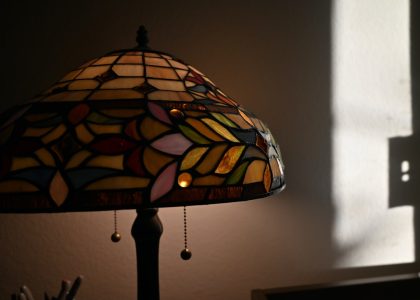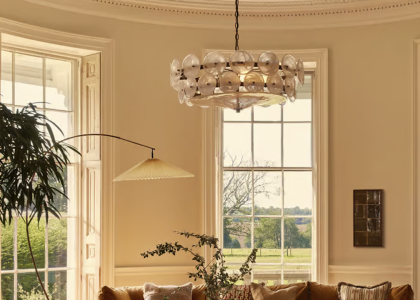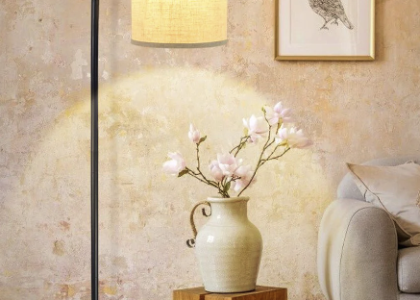Introduction
The circadian rhythm is the natural 24-hour cycle that regulates our body functions, including sleep and wake cycles, hormone production, and metabolism. This biological clock is synchronized with the environmental cues, primarily light and darkness. However, modern lifestyles and indoor environments have disrupted this natural rhythm, leading to a range of health problems, including sleep disorders, mood disorders, and chronic diseases.
One of the most innovative approaches to regulating our circadian rhythm is the circadian lamp. This lighting system mimics the natural patterns of light and dark, providing the right spectrum and intensity of light at the right time of day. In this article, we will explore the science behind the circadian lamp and its potential benefits for our health and well-being.
The Science Behind the Circadian Rhythm
The circadian rhythm is controlled by the suprachiasmatic nucleus (SCN), a tiny region in the brain’s hypothalamus that responds to the light and darkness signals from the retina. When light enters the retina, it activates the SCN, which sends signals to the rest of the body to regulate the release of melatonin, the hormone that regulates sleep-wake cycles.
However, exposure to artificial light at night, especially blue-enriched light from screens and LEDs, disrupts the production of melatonin and suppresses the SCN’s activity, leading to sleep disturbances and circadian misalignment.
The Benefits of the Circadian Lamp
The circadian lamp is designed to mimic the natural patterns of light and dark, providing the right spectrum and intensity of light at the right time of day. For example, this lighting system emits cool, blue-enriched light in the morning and warm, amber light in the evening, mimicking the sunrise and sunset. This helps to synchronize the circadian rhythm and promote better sleep quality, daytime alertness, and mood.
Several studies have shown the potential benefits of the circadian lamp. For example, a 2020 study published in the Journal of Clinical Sleep Medicine found that participants who used the circadian lamp experienced improved sleep quality, reduced insomnia symptoms, and increased daytime alertness compared to those who used a regular lamp.
Another study published in the Journal of Biological Rhythms found that the circadian lamp helped to regulate the body’s melatonin production and reduce the suppression of SCN activity in response to evening light exposure.
How to Choose a Circadian Lamp
When choosing a circadian lamp, there are several factors to consider, including the light spectrum, intensity, and timing. Ideally, the lamp should emit blue-enriched light in the morning, warmer light in the evening, and minimal light at night.
One popular option is the Philips Hue White and Color Ambiance A19 LED Smart Bulb, which can be controlled remotely and programmed to emit different colors and intensities depending on the time of day. Another option is the Casper Glow Light, a bedside lamp that simulates the sunrise and sunset and can be dimmed with a simple twist.





